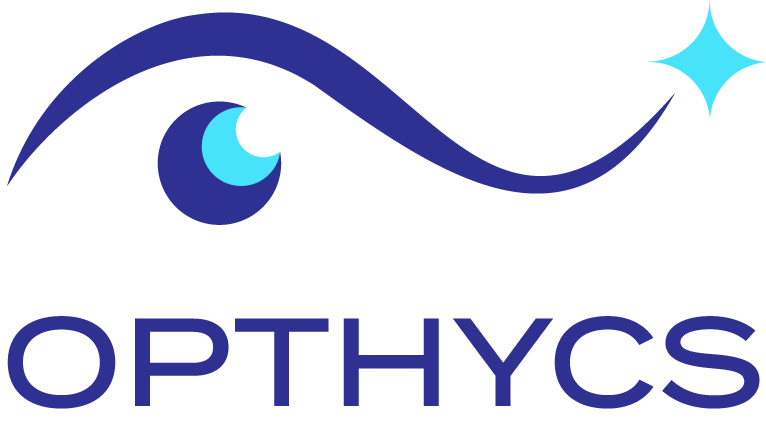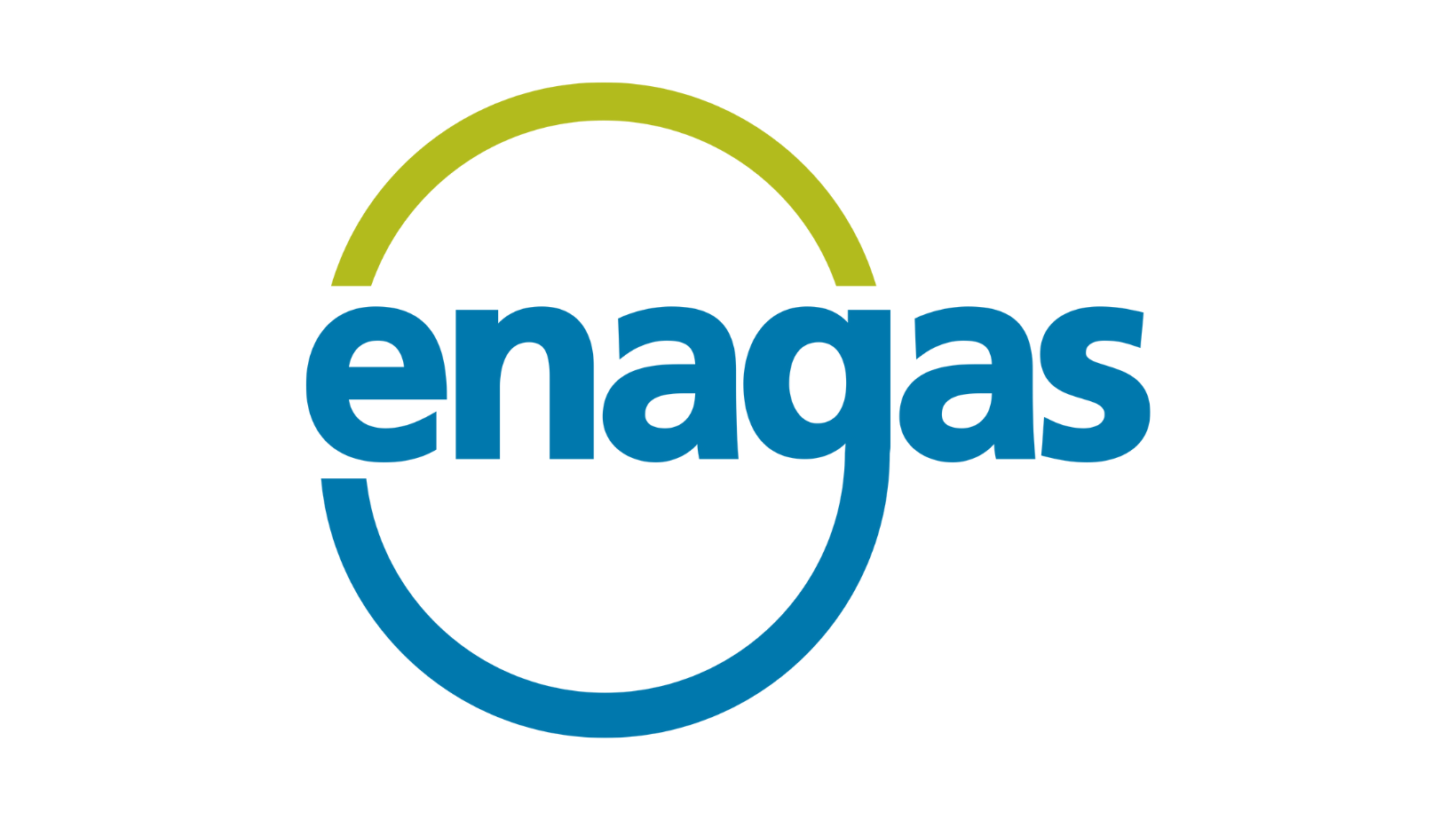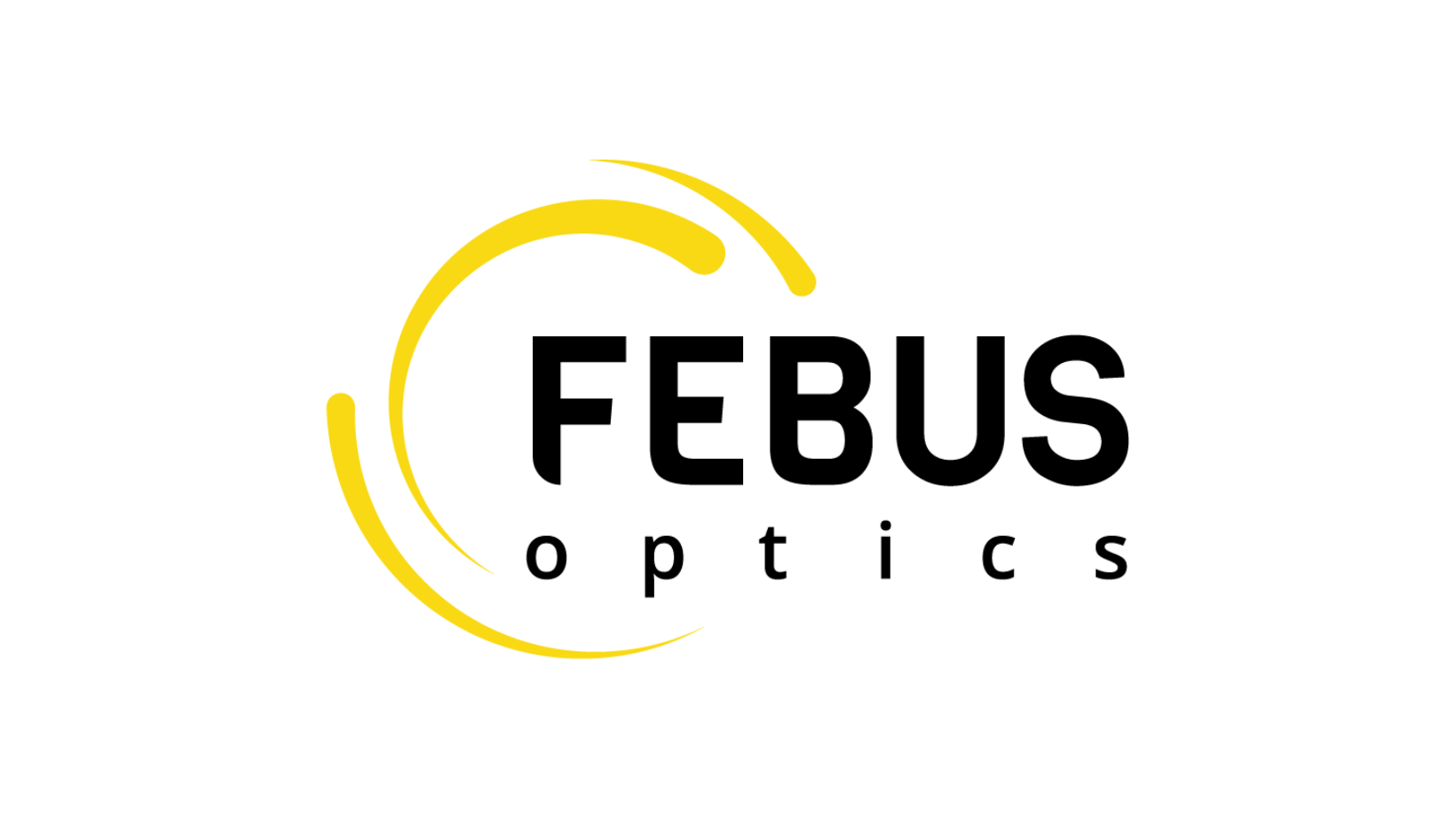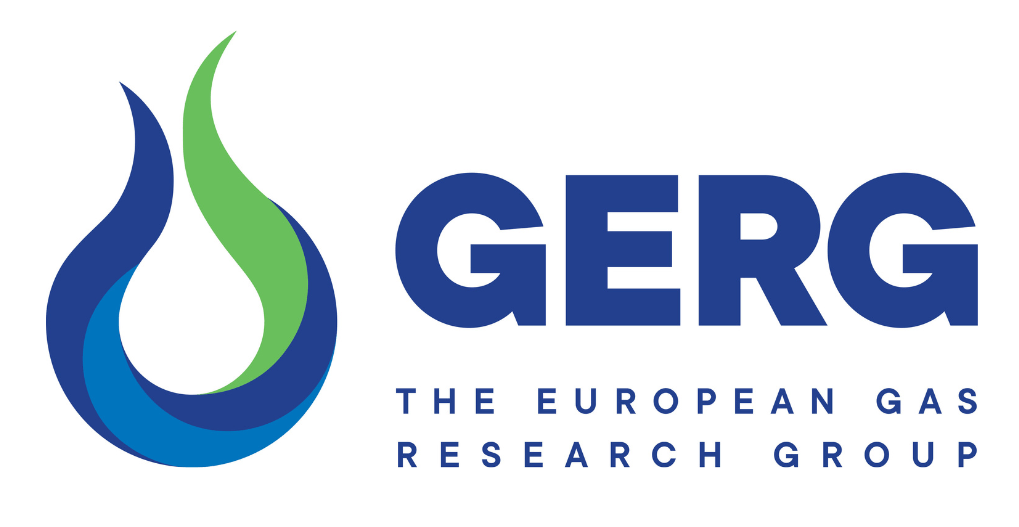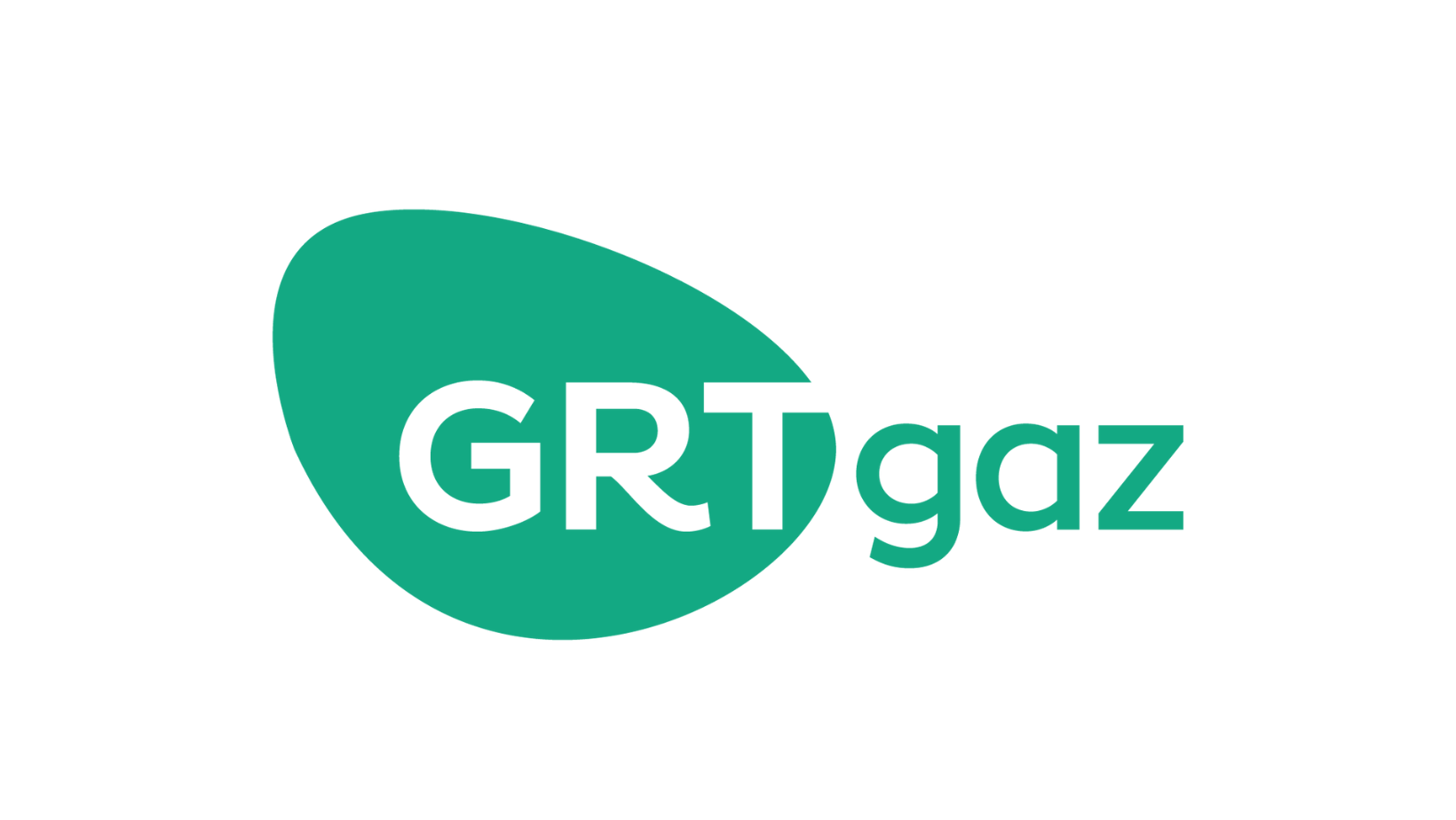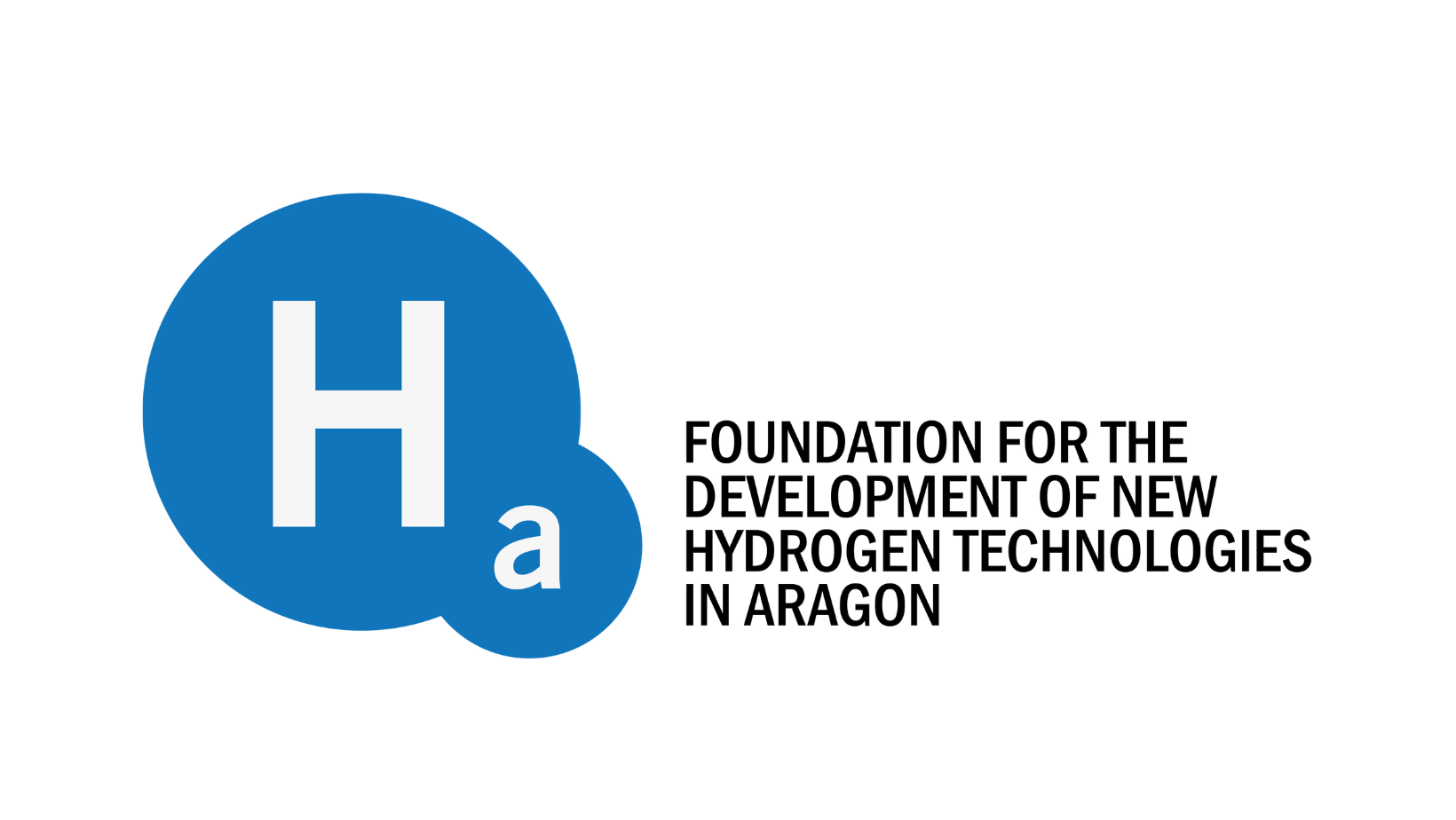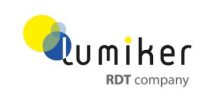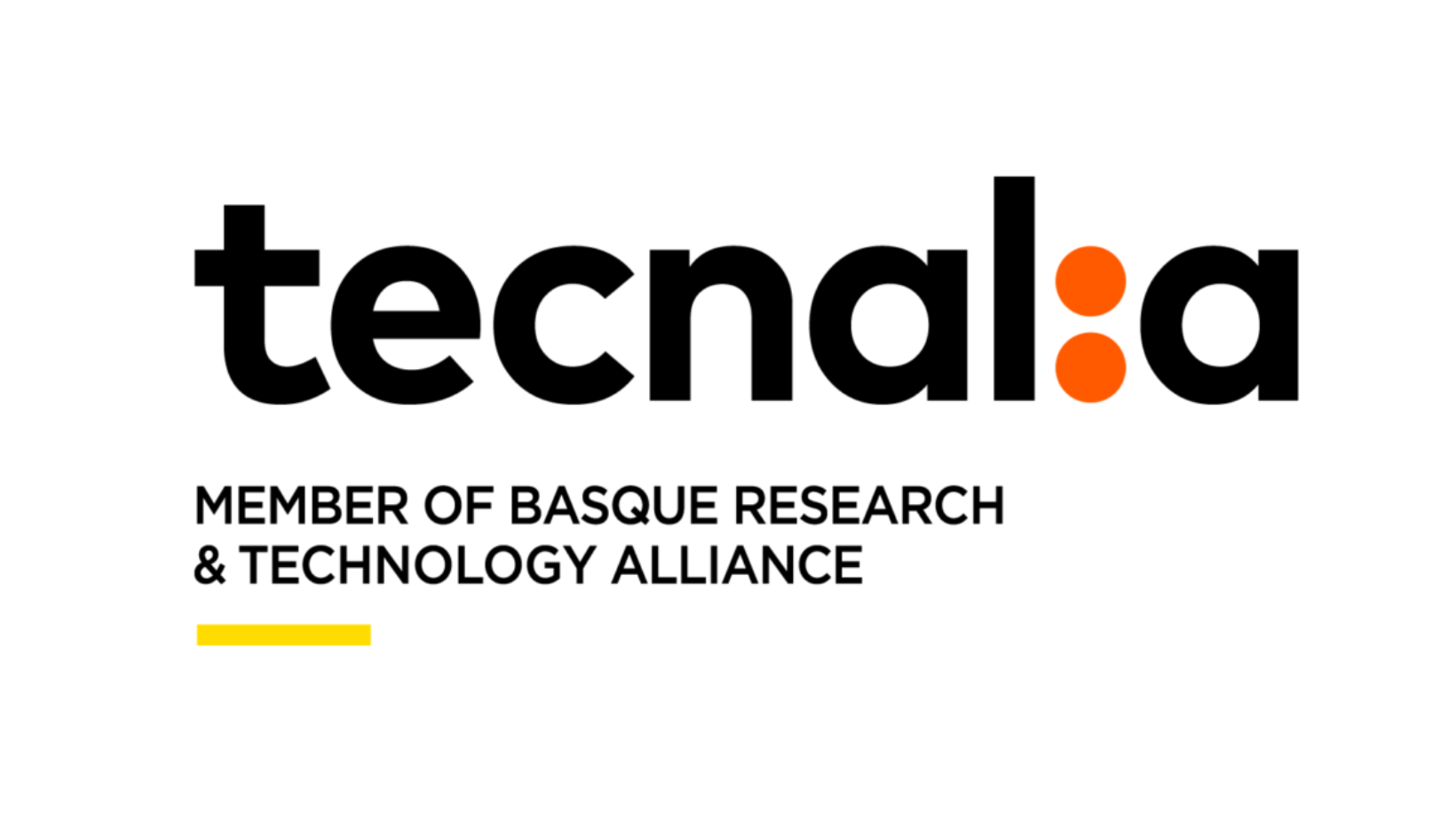January 2023 – December 2025
One of the key concepts underpinning the Green Deal adopted by the EU in 2019 is the need to combat climate change by limiting global temperature rise to 1.5ºC or less by the end of the century, achieving zero CO2 emissions and neutrality for all other greenhouse gases. Among the most viable options for achieving these goals, H2 has emerged as a required fuel and commodity needed for the decarbonization of the generation, distribution, storage, and energy consumption.
However, the boost in H2 production and its introduction in the energy market has arised one important issue: leakage of H2 during its storage, transportation, and distribution. This leakage has two unfavourable side effects: first, it poses a safety risk due to the wide flammability range of H2; second, it contributes to a net emission of greenhouse gases (GHG) by reducing hydroxyl radicals (OH), which lengthens methane’s atmospheric lifetime and affects the development of tropospheric ozone, with an estimated accumulated effect of 5.8% over 100 years.
OPTHYCS project aims to develop a new sensor technology that will lead to reinforce the safety level of H2 applications, as well as to anticipate and therefore minimise H2 releases and limit an eventual climate impact, from production to storage and distribution, both in new infrastructure, working with pure H2, and in reused natural gas plants and pipelines, contributing to a safe and economically viable implementation of H2 production, transportation and storage processes.
These newly developed sensors will be able to adapt to existing facilities and new infrastructure and analyse and classify leak types and sources based on risk, location, leak impact, probability of severity, and predictability through continuous predictive maintenance combined with increased speed of response.
The OPTHYCS project consists of 5 different work packages:
- WP1: Technical Requirements, Regulatory Framework, Use Cases and KPIS Definition – Enagás
- WP2: Development of Sensoring Solutions – Lumiker
- WP3: Development of Interrogator and Interpretative Software – FEBUS Optics
- WP4: Use Cases Testing, Validation, Impact Analysis and Scalability – GRTgaz
- WP5: Dissemination, Communication Exploitation and Clustering – GERG
OPTHYCS counts seven partners from European countries that will work together on this project over 36 months.
To learn more visit the OPTHYCS website.

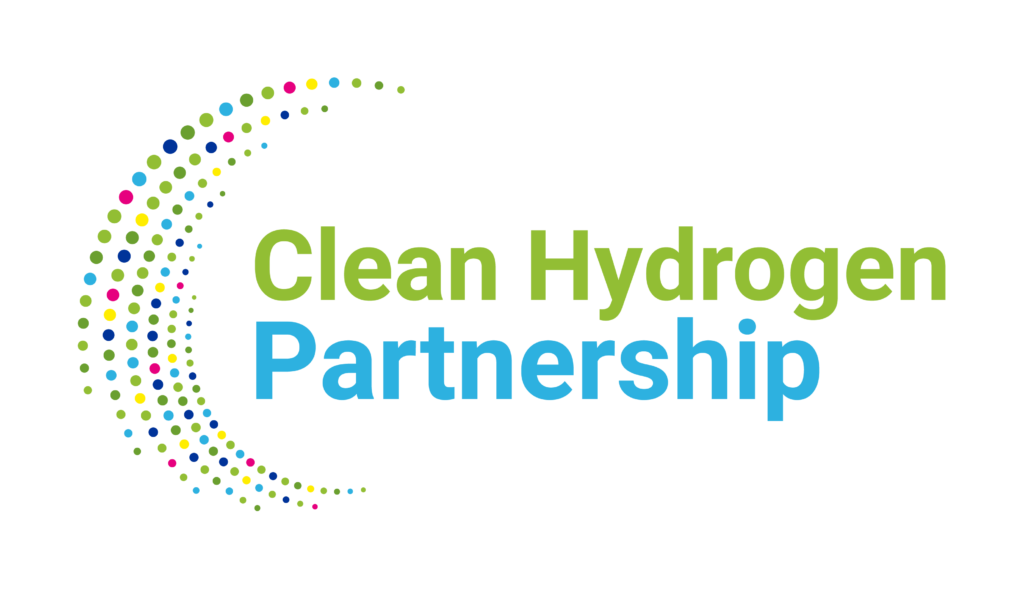
The project has received funding from the Clean Hydrogen Partnership under Grant Agreement No 101101415. This Partnership receives support from the European Union’s Horizon Europe Research and Innovation program, Hydrogen Europe and Hydrogen Europe Research.

